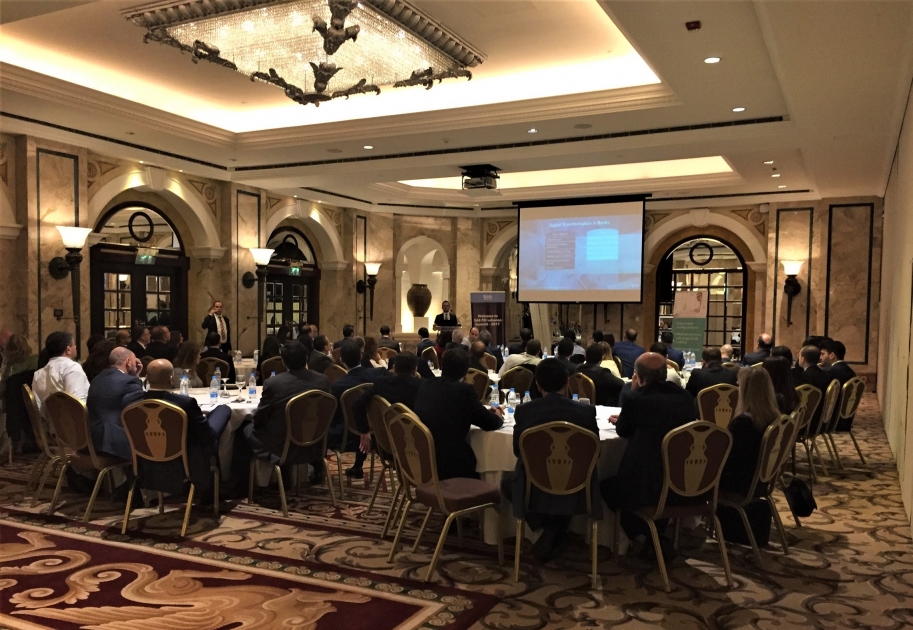
Time for banks to analyse approach to tackling money launderers and staying on the right side of regulators
Money laundering continues to cause a major problem for financial services institutions across the globe. PwC’s (PricewaterHouseCoopers) 2016 ‘Global Economic Crime Survey’ revealed that money laundering transactions are estimated at 2% to 5% of the global GDP, roughly USD 1-2 trillion annually.
With regulation becoming tougher worldwide, more frequent and more expansive to manage, the PwC report stated that spending on AML compliance could reach USD 8 billion by the end of 2017 with larger fines and greater potential to damage corporate reputation.
The Middle East faces a unique challenge given an unusually wide range of both international banks and local banks with a global presence and a high level of money service businesses and cash transactions, with 71% of Middle East respondents to the PwC saying admitting they have been through AML inspection in the past two years, compared with the global average of 50%, 35% of respondents cited challenges with data quality and 35% identified hiring the right, experienced staff as their biggest challenges to AML compliance.
To address the challenge, delegates at the recently concluded SAS FSI Lebanon Summit, were given detailed insight into how data and analytics can help the region’s financial services sector can tackle the threat of money laundering while reducing costs and staying on the right side of toughening regulations.
Chris Mcauley, Director, Fraud and Security Intelligence Practices, SAS, told the summit: “With an increasing risk of money laundering activities, combined with constantly evolving regulations, banks require an advanced strategy when it comes to monitoring illicit activity.
“Banks should constantly be upgrading their AML systems to remain up to date with technological trends. By having a system central system to manage alerts it becomes easier to preserve data security, minimize IT support costs and promote collaboration across the organization.
“It is imperative that you have a system that demonstrates to regulators and auditors how you analyse and priortise risks. With more than 50 years’ experience in financial fraud and money laundering, the SAS solutions offer advanced analytics, extreme performance and domain knowledge to support regional organisations as they seek to address their myriad Fraud and Compliance challenges.”
Antoine Meouchy, Group Head Risk Integration & Analytics at Bank Audi, who addressed the Summit, added: "Banking regulations and the competitive environment are constantly changing and as a bank it is vital we stay in compliance with these regulations and abreast of changes in the industry. Given the vast amount of data captured on a daily basis through various channels, there is a critical need to leverage on analytics to make better informed decisions and sustain value creation."
SAS® AML solutions provide clients with the ability to address data challenges, from processing big data to accessing and integrating legacy sources – all in a single platform, quicker insights from big data with an infrastructure enabling you to test hypotheses, ask questions and simulate scenarios, and offer a robust, flexible scenario engine that detects suspicious activity and generates alerts for events that meet rule parameters and algorithms, intelligent scoring and alert consolidation can identify persons, organizations or high-risk jurisdictions that represent regulatory risk.
Crucially, the SAS solutions include a web-based interface that gives investigators a holistic view of work items and easy access to the knowledge center database and keeps an organisation on the right side of regulators.



























